A refugees' idea to restore a degraded Ugandan lake pays off
The lake has been under threat due to massive pollution from silting following massive deforestation during the setting up of the refugee camp.
ENVIRONMENT
Lake Nakivale is one of the four small lakes that form what is known as the Koki lakes system in southern Uganda. It is 14km long, 6km wide, 26sq-km in area and has a maximum depth of 3.5m at high water level.
Located in Isingiro district, the lake serves both the refugees in Nakivale refugee camp and Ugandan nationals in the areas next to the lake.
The lake has been under threat due to massive pollution from silting following massive deforestation during the setting up of the refugee camp.
Cultivation up to the lake shores, on top of excess and illegal fishing by the refugees and nationals just made the situation worse.
Now, refugees in Nakivale refugee camp have taken the lead role in the conservation and protection of the lake, the biggest water source to the camp and the surrounding areas.

Prioritizing protection and restoration
Enock Twagirayesu is a refugee of Rwandan origin who is the chairperson Nakivale Green Environment, a refugee environment advocacy community-based organisation.
He says they have so far planted close to 60,000 trees away from the buffer zone (the 200-metre radius from the lake that is meant to remain human activity-free).
He says the trees will avail them with firewood and timber for building.
"Before, we were planting sweet potatoes, tomatoes plus other vegetables and our gardens would stretch up to within the lakeshores. Since we started observing the buffer zone, the water levels have increased, with the lake extending its shores into the buffer zone," explains Twagirayesu.
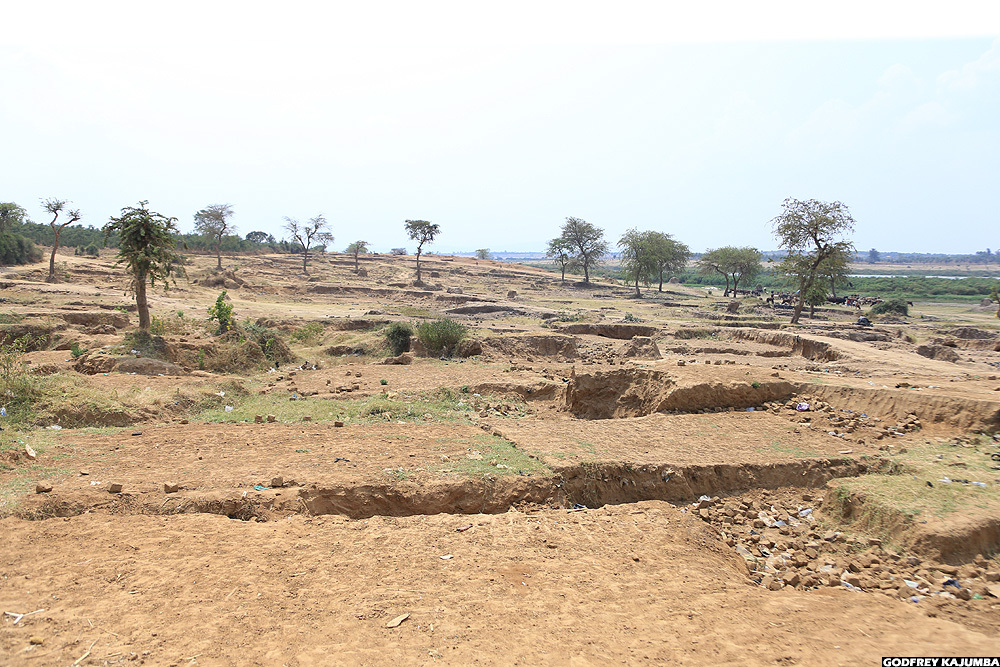
This year is the group's final tree planting year, and they plan to plant 40,000 trees.
"By the end of this year, we shall have planted over 100,000 trees around Lake Nakivale, covering a radius of 5 kilometers. With income from the trees, we intend to set up a Green Environment Centre in the camp.
"This will equip people with vocational skills such as carpentry and tailoring to reduce their dependence on the lake for survival," adds Twagirayesu.
The tree project is supplemented with both food and vegetable growing that the locals say give them food and money in a short period as they wait for their trees to mature after five to 10 years.
"We plant green pepper, tomatoes, onions, maize and cassava in some areas. As we take care of the vegetables during watering and application of pesticides, the trees also benefit," says Twagirayesu.
The vegetable project has helped the refugees keep away livestock that would have fed on the trees.
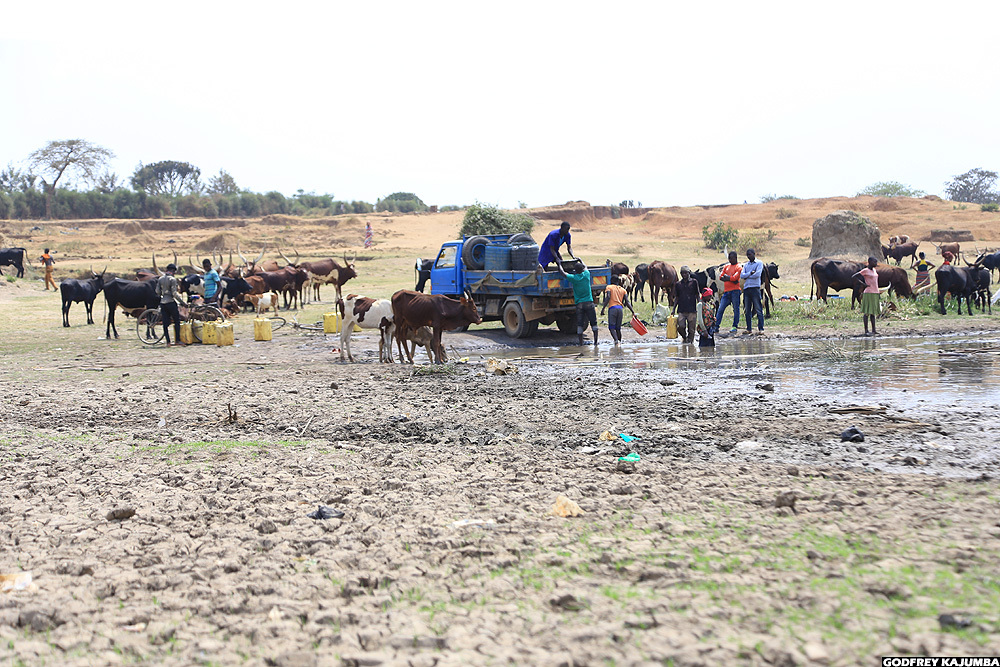
The Nakivale refugee settlement was initially established for Rwandans of Tutsi origin in 1963. But to date, it has people of at least seven nationalities: Rwanda, Democratic Republic of Congo, Somalia, Sudan, Ethiopia, Kenya and Eritrea.
A glance at the World Bank data on the population of refugees in Uganda shows an exponential increase from 2010, with a total population of 1,359,458 in 2019.
According to the United Nations High Commissioner for Refugees (UNHCR) September 2020 report, the Nakivale refugee camp had a population of 134,1999. This large population has had a stressful impact on the lake.
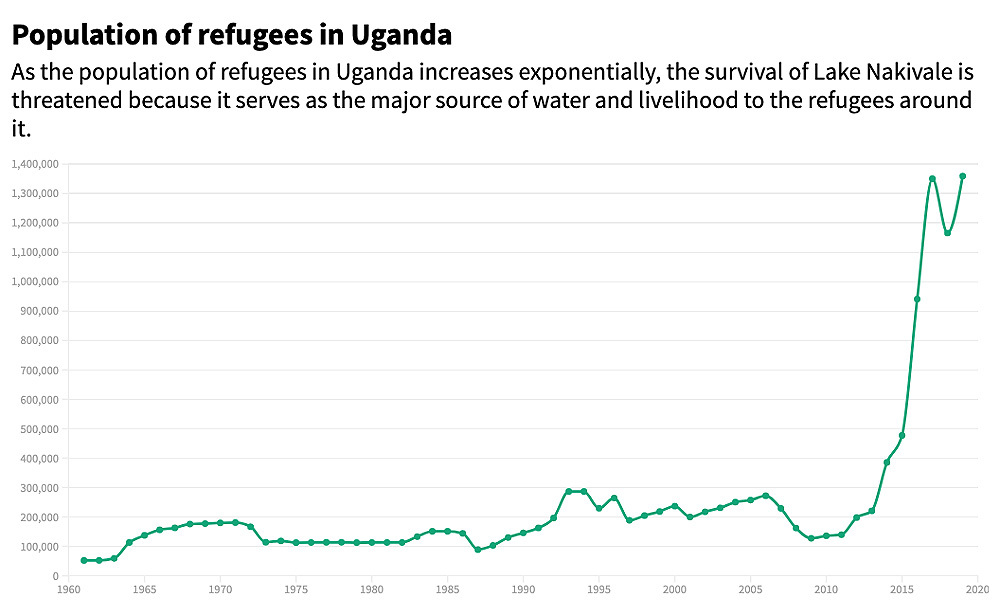
A 2010 report on Lake Nakivale by the Office of the Prime Minister and the National Fisheries Resource Research Institute showed a change in quality of water over a period of 80 years.
According to the report, the water clarity has dropped, the PH has risen, and the lake is too eutrophic, which means it has a lot of minerals and nutrients which supports dense plants that kill animal life on decomposing.
Akiteng Constance, an environment assistant officer in Nakivale refugee camp, attributes the increased encroachment on the wetlands around Lake Nakivale to increased population and loss of soil fertility in most parts of the settlement.
"We have tried to restore the lake [seven kilometers so far]. Here we have planted trees, wetland restoration and demarcating the lake plus sensitizing the communities on the need to conserve the lake," says Akiteng.
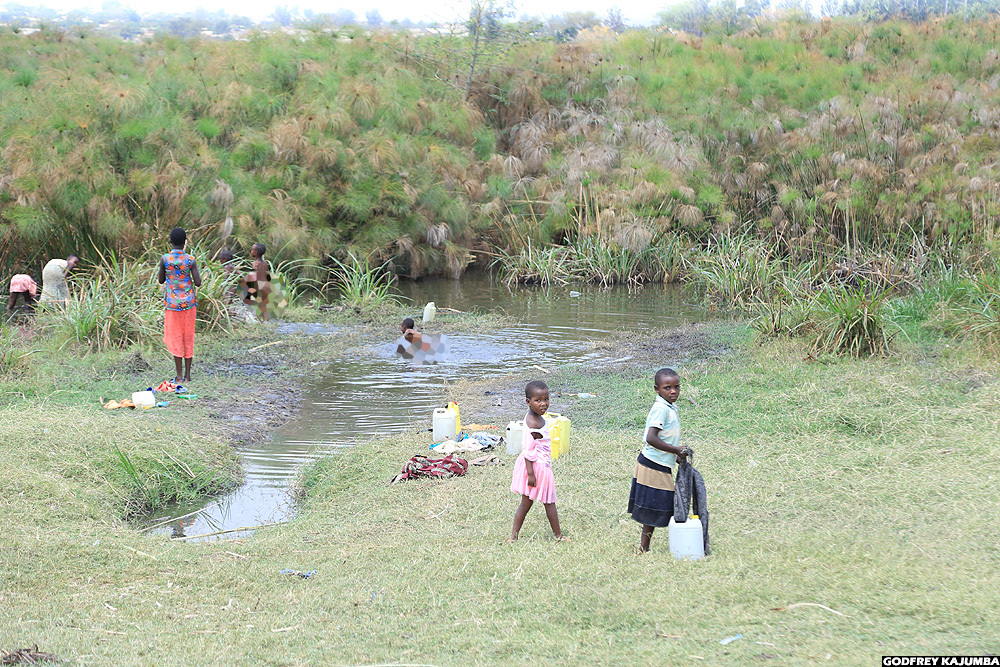
Benefits of restoration
Joshua Nzaaho Owimana, also a Rwandan refugee and member of Nakivale Green Environment, says government availed them with land. Nsamizi Institute of Social Development, one of the implementing agencies in the camp, gave them seedlings for both the trees and vegetables that are now doing well.
"When the lake started drying up due to our agriculture activities along the shores of the lake, the National Environment Management Authority (NEMA) chased us away from the shores. The Government of Uganda allowed us to operate in the land that was 200 meters away from the lake," says Nzaaho.
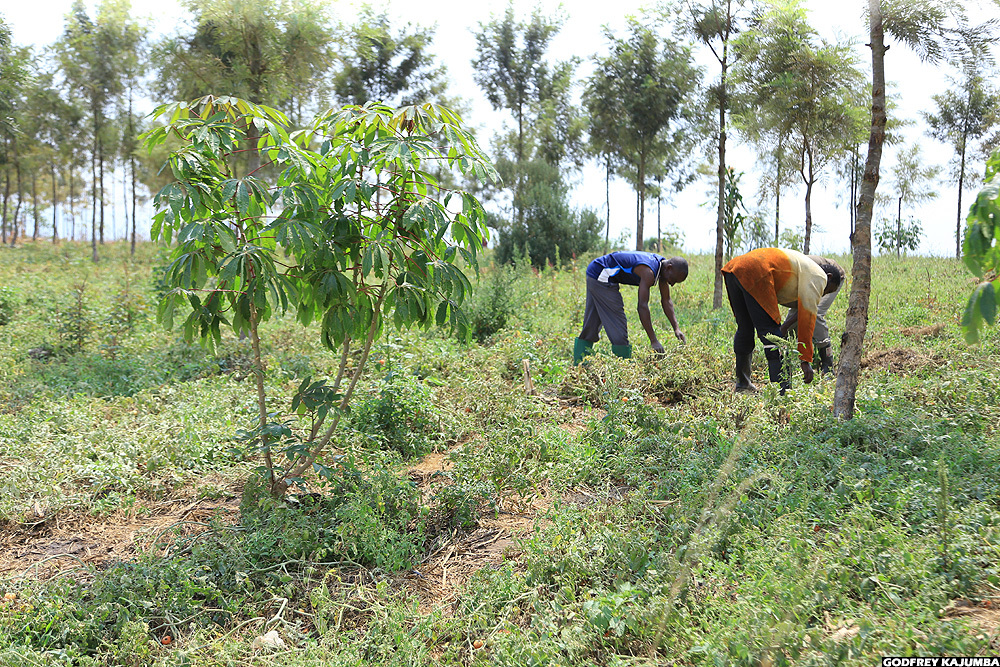
Nzaaho further notes that with support from Nsamizi, they started on the vegetable project away from the lakeshores as a pilot because they were not sure it would be successful away from the lake, as the area is a bit hilly.
"We had to hire a water pump to water our vegetables as it is too tiring to carry water to the new gardens."
Nzaaho is happy they are now reaping the benefits of working hard.
"We don't regret abandoning cultivating along the lake shores. Our trees and vegetable gardens are growing well and the water levels in Lake Nakivale have also increased."
Jaconeous Musingwire is the regional manager of NEMA in southwestern Uganda.
He says: "We had to make sure that in the first phase, we promoted tree planting in the buffer zone. We allowed locals to do seasoned cropping under the trees, so that they mature and we have a well vegetated buffer zone area".
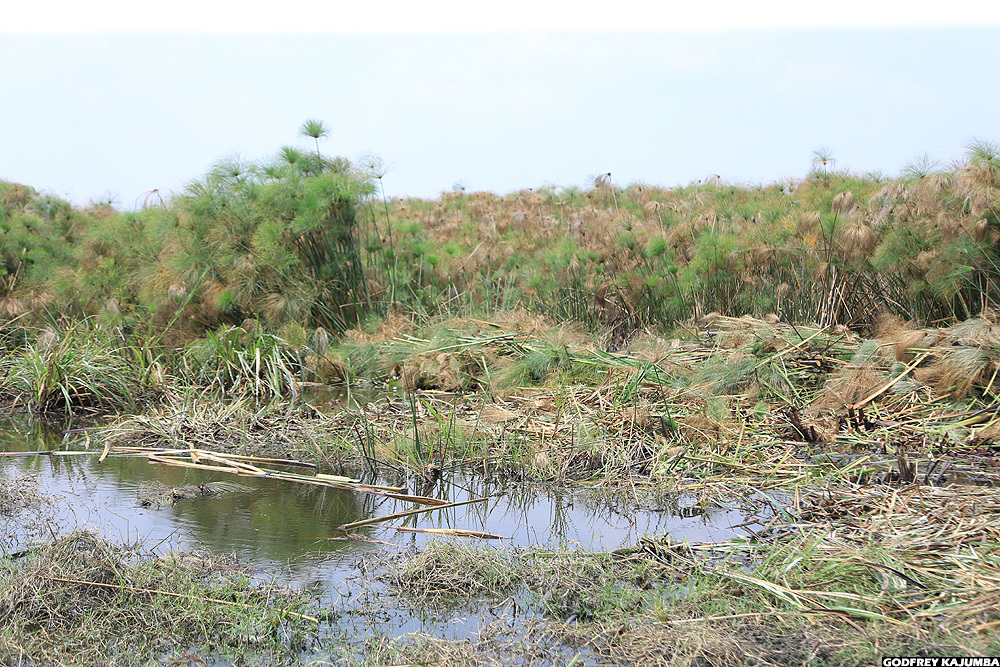
Challenges to restoration efforts
Environment assistant officer Akiteng says local politicians were frustrating the efforts to conserve Lake Nakivale.
"Where nationals have settled, there is a lot of encroachment and when we are implementing the activity of wetland restoration, there is resistance from the politicians," she stresses.
Despite the efforts by implementing partners to support the refugees to save Lake Nakivale, environmentalists say this isn't enough to save the lake.
They want the Isingiro district leadership to spearhead the conservation of the lake, especially in areas occupied by Ugandan nationals.
NEMA's Jaconeous Musingwire says lack of funds has crippled the authority's ability to protect Lake Nakivale.
"The major challenge we have is limited funding. Our activities to protect the buffer zone depended on donor funding; when the support ended, the sustainability element became a challenge due to lack of funds."
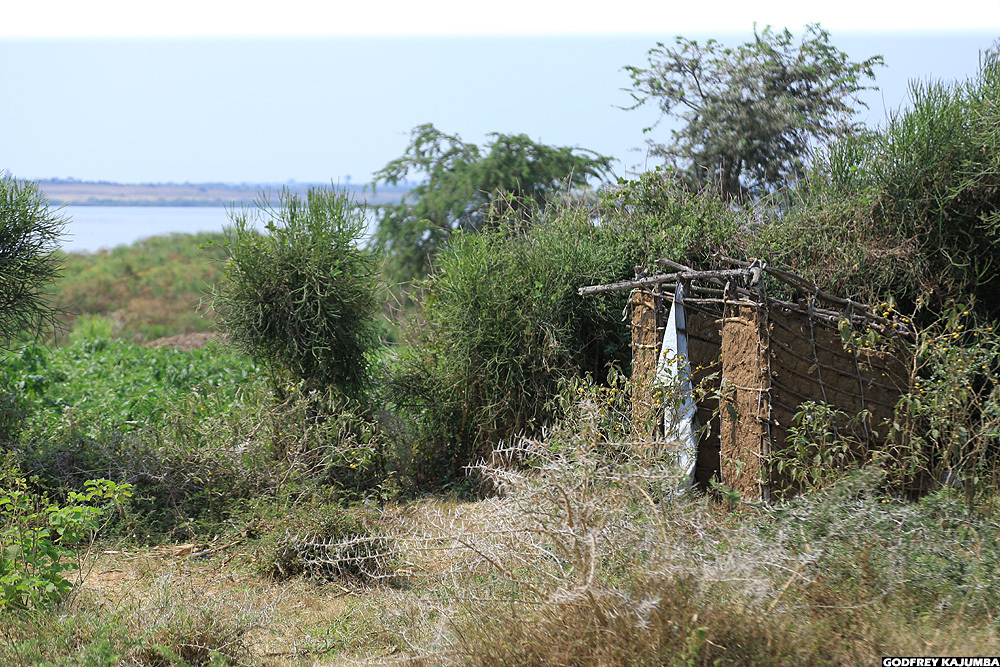
Herbert Muhangi is the representative of President Yoweri Museveni in Isingiro district. He says NEMA demarcated the 200-mere buffer zone around the lake and all people, refugees and nationals inclusive, must respect this.
"People must stay away from politicians misleading them. We shall evict them by force as we have support from the Office of the President," he says.
Muhangi insists that the people of Isingiro must do all it takes to save Lake Nakivale.
"If Lake Nakivale dries up, we shall be doomed to death as it is our biggest source of water. The refugees have responded positively towards its conservation; our nationals should follow suit."
[This story has been produced in partnership with InfoNile with support from Code for Africa and funding from the JRS Biodiversity Foundation]